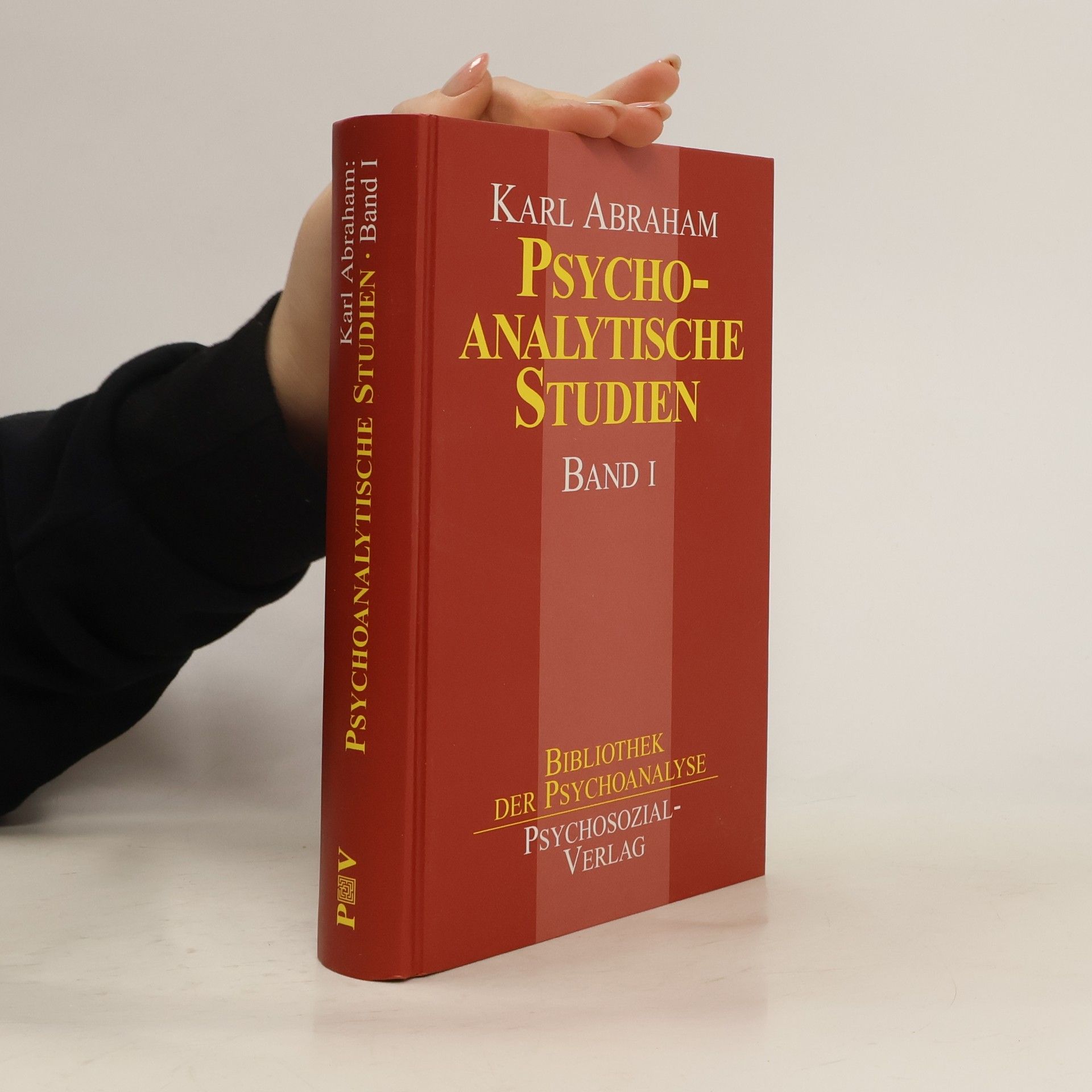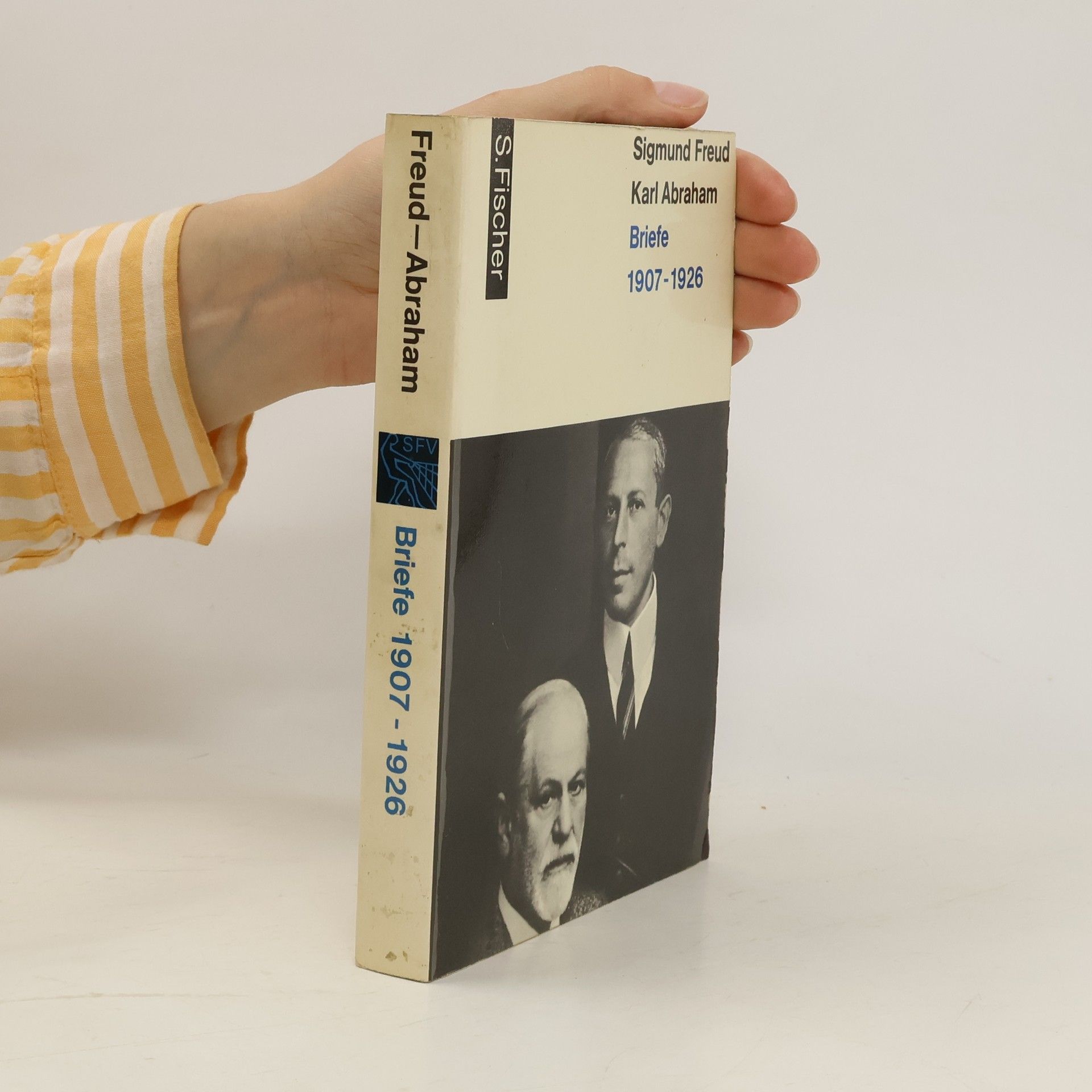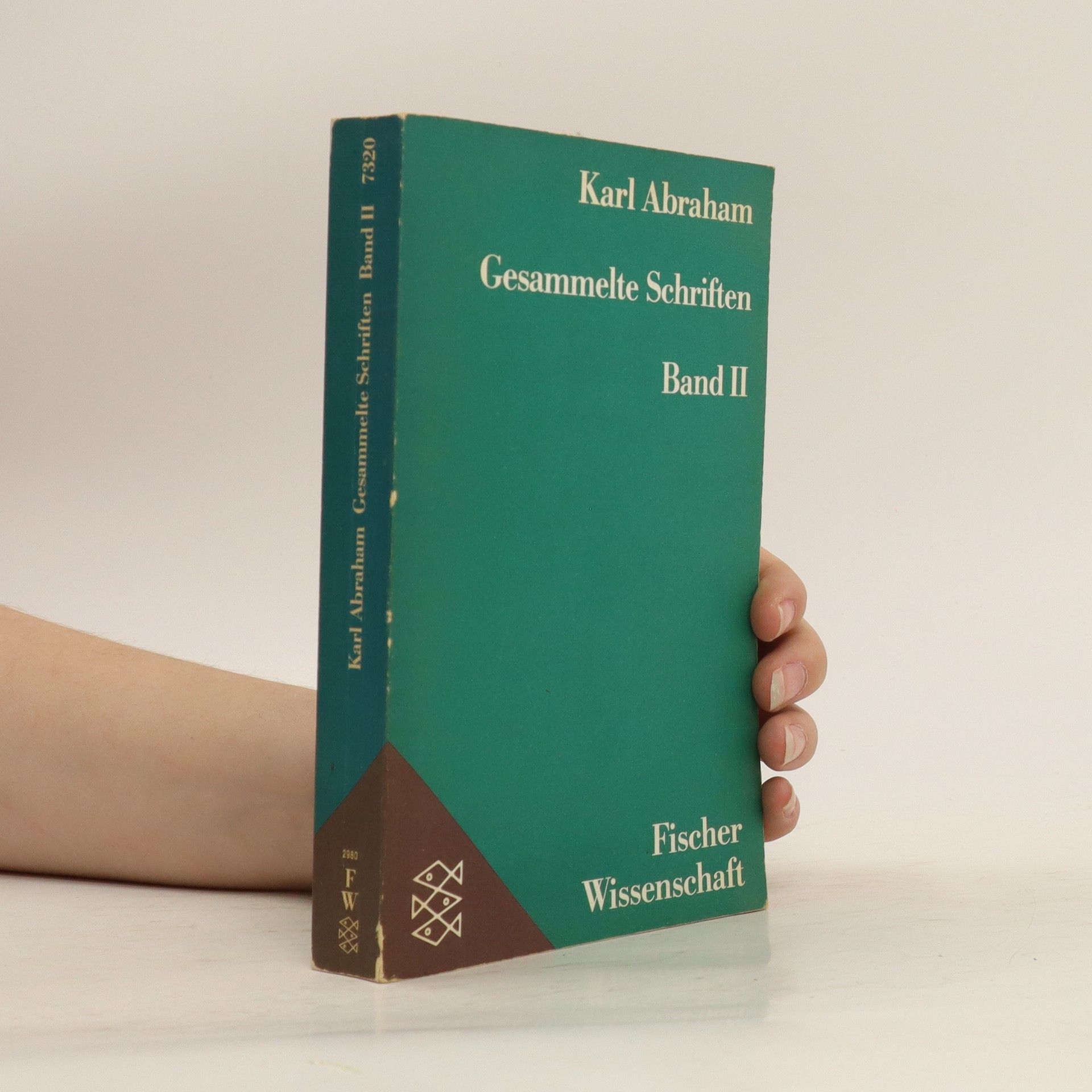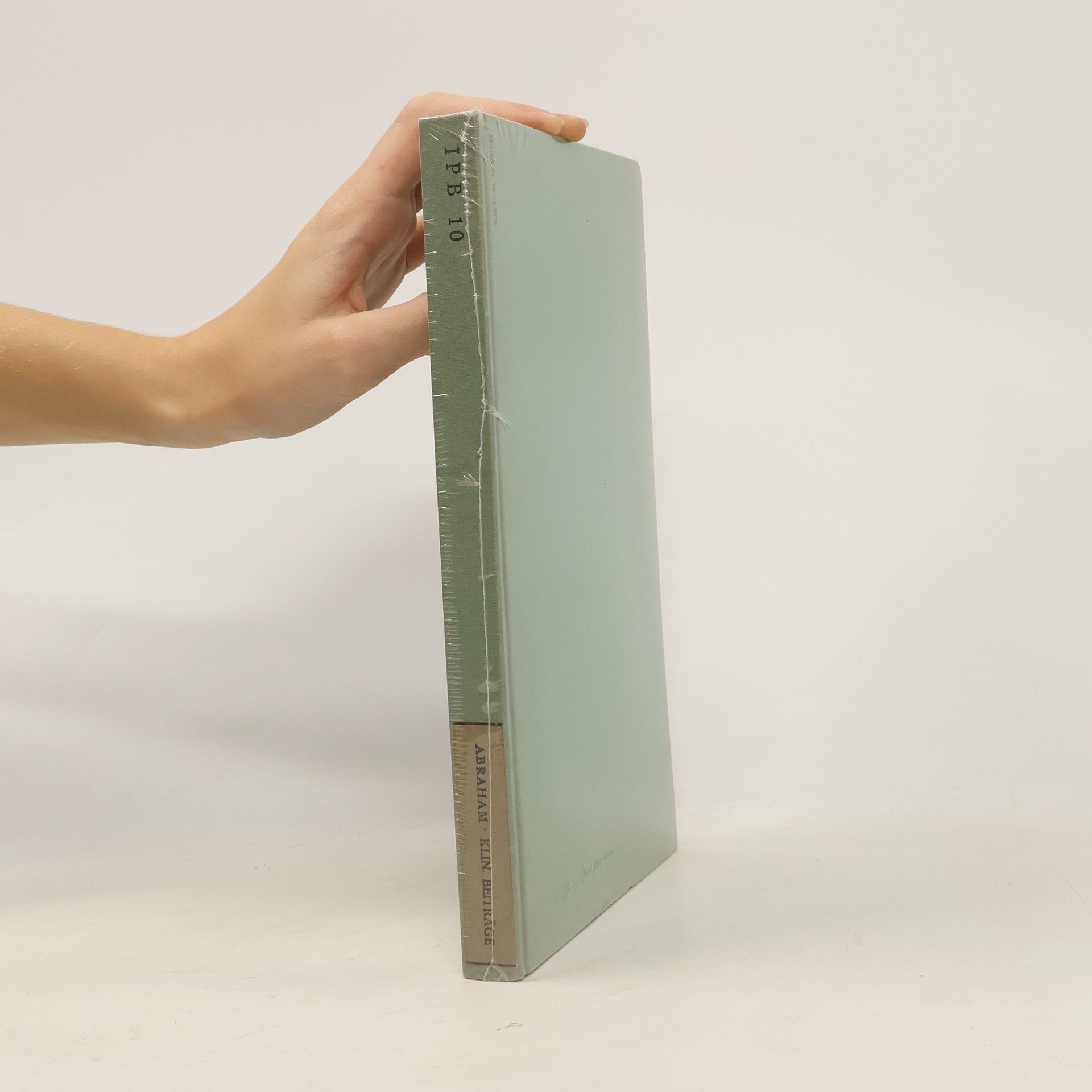Karl Abraham Books
Karl Abraham, an early and influential German psychoanalyst, was a pivotal collaborator of Sigmund Freud, who referred to him as his 'best pupil.' His work delves deeply into early developmental stages, exploring how primal relationships and satisfactions in the oral phase shape future reality perception and emotional states, fostering either self-assurance and optimism or pessimism and depression. In the anal stage, he examined conflicts surrounding cleanliness and their impact on character traits and neurotic tendencies. Abraham expanded on Freud's understanding of melancholia with the concept of the pre-oedipal 'bad' mother, paving the way for subsequent theories. He also engaged with cultural matters, analyzing myths and interpreting the spiritual activities of ancient figures.






Nachdruck des Originals 1911. Der Autor dieses Werkes - Karl Abraham (1877-1925) war ein bedeutender Nervenarzt und Schüler sowie enger Vertrauter von Sigmund Freud. Er nahm regelmäßig an dessen „Mittwochsvereinigung“ in Wien teil und praktizierte anschließend als Nervenarzt in Berlin. Er ist der Begründer der Berliner Psychoanalytische Gesellschaft. Zu seinen Schülern zählten so bedeutende Persönlichkeiten wie Helene Deutsch, Felix Boehm oder Franz Alexander.
Band 2, Inhaltsübersicht: Einleitung des Herausgebers, 1. Arbeiten zur Klinik der Psychoanalyse, 2. Arbeiten zur psychoanalytischen Empirie, 3. Arbeiten zur psychoanalytischen Behandlungsmethode (nur in Bd. 2), 4. (in Bd. 1= 3.) Arbeiten aus dem Grenzgebiet der Psychoanalyse (in Bd. 1 Ethnologie), Anhang.


